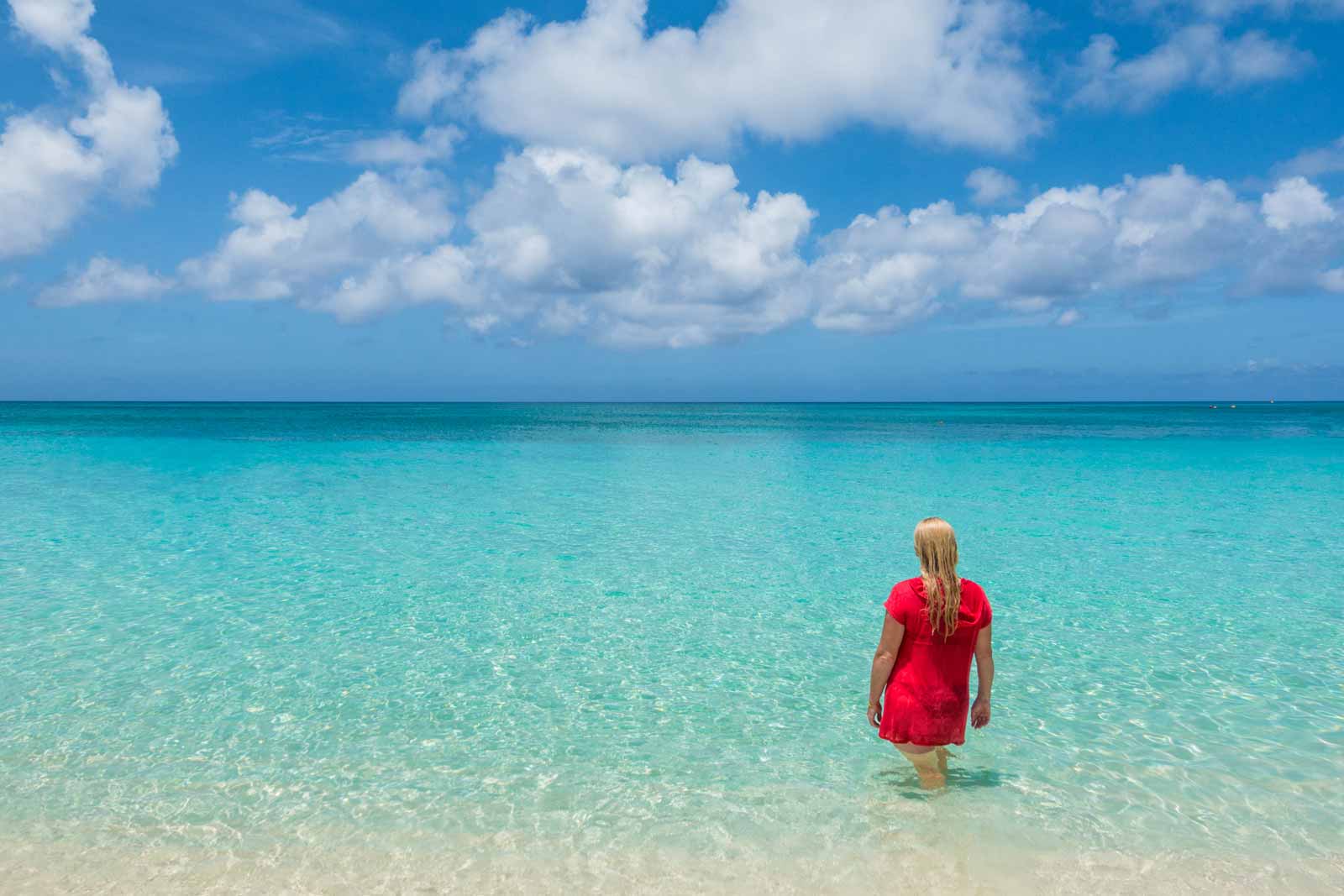/cloudfront-us-east-2.images.arcpublishing.com/reuters/A6UA6NH2Z5KCXL6QRHIER7R2UQ.jpg)
SOULAC-SUR-MER, France, Feb 15 (Reuters) – When it was created at the finish of the 1960s on 1 of France’s most superb Atlantic coastlines, the beach was above 200 metres (656 ft) absent. These days, the hulk of the 80-flat Le Sign condominium block perches precariously on a dune just metres from the drinking water and local authorities are tearing it down prior to it tumbles.
Four stories high, it specific vacationers in Soulac-sur-Mer, at the northernmost suggestion of the Gironde estuary in southwest France, regarded for its wide golden beach locations and pine forests.
But with seashores disappearing at a amount of about 2.5 metres for each yr in previous many years, Soulac-sur-Mer experienced some of the speediest coastal erosion in France. By 2010, the ocean was lapping at the dune on which Le Sign was built.
In 2014, the regional govt resolved to relocate the building’s inhabitants and began the long method of expropriation and getting rid of asbestos before setting up demolition earlier this month.
Latest Updates
Look at 2 extra stories
Behind a fence on a sunny working day in February, residents and vacationers watched as an excavator little bit items out of Le Signal’s empty hulk.
“The demolition of this building puts a finger on a vital problem of our times, local climate transform and its affect on ocean concentrations,” stated 71-yr-previous neighborhood resident Man Bouyssou, who also feared the village by itself, just north of Le Signal, could be the subsequent in line for h2o hurt.
Adrien Privat, an official at French coastline security company Conservatoir du Littoral, said that menace is extremely actual.
[1/5] Men and women look at the demolition of the Sign building, a seaside block of flats which had to be evacuated in 2014 because of to erosion on the Atlantic Ocean coastline, in Soulac-sur-Mer, France, February 9, 2023. REUTERS/Stephane Mahe
“Le Signal’s scenario is mostly symbolic for what is taking place in phrases of coastal erosion France,” he explained.
Privat reported that world wide warming was owning a important effects as larger average sea degrees exacerbate other things that trigger erosion and make shorelines more vulnerable to storms.
He included the boxy building was a common illustration of the in depth build-up of coastal regions in the second fifty percent of the 20th century, when city planners had minor regard for the point that shorelines are dynamic and ever-modifying.
“We estimate that some 50,000 residences are in zones that will involve them to be moved by the end of the century. All of France’s coasts are less than danger, and sandy coastlines a lot more than rocky kinds,” he explained.
He claimed at any time-rising sea ranges and more and more violent storms made it unattainable to enable individuals reside in Le Sign without the need of costly shore defense actions that could also have negatively impacted nearby shorelines.
He additional that very long expropriation techniques and the battle to finance an environmentally audio demolition was a important rehearsal for matters to come.
“Le Signal is a warning for what could come about in other zones and for the need to have to put together for it now,” he mentioned.
Reporting by Stephane Mahe,
Crafting by Geert De Clercq,
Enhancing by Josie Kao
Our Standards: The Thomson Reuters Believe in Rules.
/cloudfront-us-east-1.images.arcpublishing.com/pmn/XBYSMNVOLVHY5LESNOHCCXTKZA.jpg)






